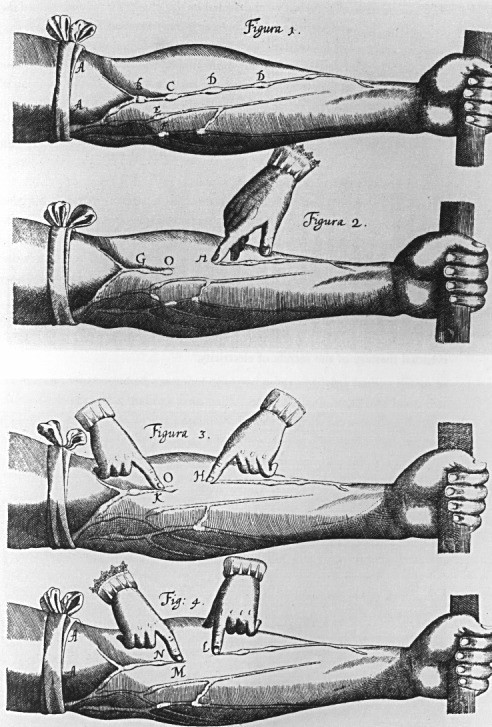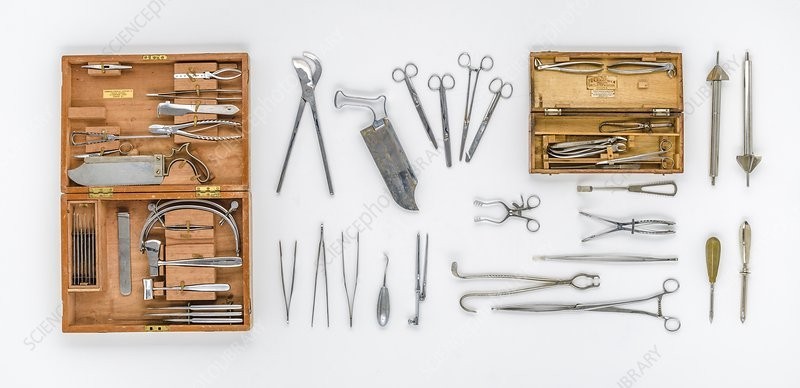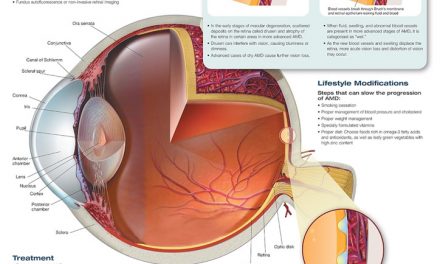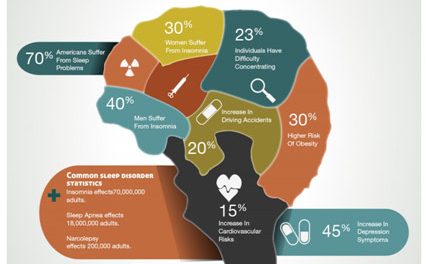A chronic disease is a disease that lasts for three months or longer and may worsen in condition. Chronic diseases have impacted humanity since the rise of civilization. Over time, treatment for chronic conditions has also evolved from simple bloodletting in the Middle Ages to modern surgeries and the use of artificial intelligence. Medicine is a discipline that has progressed through the ages to consistently provide humans with a better quality of life. Similarly, chronic disease treatments have also evolved.

Ayurveda Treatment
during the period had been the general lack of personal hygiene, sanitation, malnutrition, overcrowding in new urban cities, and a lack of effective treatments as surgery was still rudimentary, and extremely risky. Due to the combination of all the provided factors, populations were eventually decimated by the Bubonic plague.

William Harvey’s Discovery of the Circulatory System
During the Scientific Revolution, Andreas Vesalius and William Harvey advanced the understanding of human anatomy and the circulatory system, laying the groundwork for comprehending cardiovascular diseases. In the early 1600s, quinine was used to treat malaria. By the nineteenth century, diseases gained their label as “chronic” with the advancements in the germ theory, which also allowed for more provisions to prevent the spread of diseases like tuberculosis, with the aid of efforts to keep cities clean and sanitized. Since the twentieth century, significant improvements in treating chronic diseases have been made with advances in genetics, epidemiology, and public health.

Bloodletting
Along with the constant discovery of new chronic diseases, the treatment of chronic illnesses has consistently evolved. In ancient times, herbal treatments such as ayurveda, diet modifications, and physical therapies were mainly utilized, as well as traditional Chinese medicine. In the Middle Ages, bloodletting was seen as the primary solution to most diseases
based on Galen’s theory of humors. Diseases were also often misunderstood and linked to the supernatural. The Renaissance and Enlightenment brought logical reasoning to disease treatment with the aid of their newfound understanding of the human body, which laid the foundations for developing cures for chronic diseases in the future. Along with the discoveries of the Scientific Revolution, the nineteenth century’s discoveries of germ theory, and eventually vaccinations reduced infection rates drastically. In the modern age, antibiotics, and improvements in surgical treatment and tools, coupled with advanced pharmaceuticals and technological innovations have greatly aided chronic disease management.

Surgical Tools of the Twentieth Century
Every year, there are twenty million new cases of cancer worldwide, resulting in 9.7 million deaths. Although cancer is still not understood, medicine has greatly matured in producing new forms of treatment for the illness. Similar to cancer, diabetes affects 422 million people globally every year. Tracing back to ancient Egypt and Greece, cancer was considered completely untreatable and the best that could be done was through care focused on easing life. Diabetes, characterized by excessive urination in Ancient Egypt, was treated with exercise or
herbal remedies. During the Middle Ages, patients were bloodletting for cancer treatment. While, surgical techniques improved during the Scientific Revolution, diabetes treatment remained primitive. Until 1869, when strict diets focusing on the intake of calories and carbohydrates, were developed by Mering and Minkowski. In the 19th century, pathology and microscopy allowed for a better understanding of cancer cells, leading to better diagnostic abilities, and the invention of anesthesia allowed surgeons to remove localized cancers, such as breast cancer.
With the discovery of radiation by Marie Curie in the early twentieth century, physicians began using radiation therapy to shrink tumors and chemotherapy with alkylating agents. The breakthrough for diabetes, on the other hand, happened in 1921 with the discovery of Insulin by Banting, Best, and MacLeod, which paved the way for Insulin treatment for diabetes. In the twentieth and twenty-first centuries, cancer care grew to the greatest extent with targeted therapies, immunotherapies, precision medicine, and minimally invasive surgeries. Similarly, diabetes treatment methods have expanded to include home glucose monitoring, insulin pumps, and new medicines that enhance or inhibit insulin release in the body, depending on the type of diabetes. Additionally, diabetes treatment has reached new heights with innovations such as artificial pancreas replacements, and bariatric surgery to handle blood sugar levels.
Technological innovations such as Artificial Intelligence, Nanotechnology, Gene editing techniques like CRISPR, cell-based therapies, and personalized medicine will change cancer and diabetes treatment forever.

Artificial Pancreas
Medicine is an evolving field, where humans continuously discover new methods and treatments to reduce the pain and suffering of patients and find cures for diseases that afflict millions of people every year. The treatments for chronic illnesses need to improve to provide healthcare more efficaciously worldwide. In the new era of technology and artificial intelligence, the future of personalized treatment for patients with chronic diseases has never looked better to provide healthcare to as effectively as possible.
Sources:
Artificial Pancreas. (2024, April 5). National Institute of Diabetes and Digestive and Kidney Diseases.
https://www.niddk.nih.gov/health-information/diabetes/overview/managing-diabetes/artificial-pa ncreas
Barnett, E. (2022, March 28). The Radical History Of Bloodletting Explained. Grunge. https://www.grunge.com/812824/the-radical-history-of-bloodletting-explained/
Fallon C. K. (2016). Chronic Disease in the Twentieth Century: A History: Aging Bones: A Short History of Osteoporosis. Journal of the History of Medicine and Allied Sciences, 71(2), 238–242. https://doi.org/10.1093/jhmas/jrv039
Global cancer burden growing, amidst mounting need for services. (2024, February 1). https://www.who.int/news/item/01-02-2024-global-cancer-burden-growing–amidst-mounting-ne ed-for-services#:~:text=In%202022%2C%20there%20were%20an,women%20die%20from%20t he%20disease.
Harvey’s Circulation Experiment. (n.d.). Princeton.Edu. https://www.princeton.edu/~his291/Jpegs/Harvey.JPG
IDF Diabetes Atlas. (n.d.-b). Copyright © IDF Diabetes Atlas 2024. All Rights Reserved. https://diabetesatlas.org/#:~:text=Diabetes%20around%20the%20world%20in%202021%3A,%2 D%20and%20middle%2Dincome%20countries.
Metwaly, A. M., Ghoneim, M. M., Eissa, I. H., Elsehemy, I. A., Mostafa, A. E., Hegazy,
- M., Afifi, W. M., & Dou, D. (2021). Traditional ancient Egyptian medicine: A review. Saudi journal of biological sciences, 28(10), 5823–5832. https://doi.org/10.1016/j.sjbs.2021.06.044
Surgical Instruments, 20th Century. (n.d.). Science Photo Library. https://media.sciencephoto.com/image/c0466611/800wm/C0466611-Surgical_instruments,_20th_ century.jpg
12 Powerful Ayurvedic Herbs and Spices with Health Benefits. (n.d.). Healthlin. https://media.post.rvohealth.io/wp-content/uploads/2024/02/Ayurvedic-header.jpg
What was medieval and Renaissance medicine? (2023, May 26). https://www.medicalnewstoday.com/articles/323533#middle-ages















